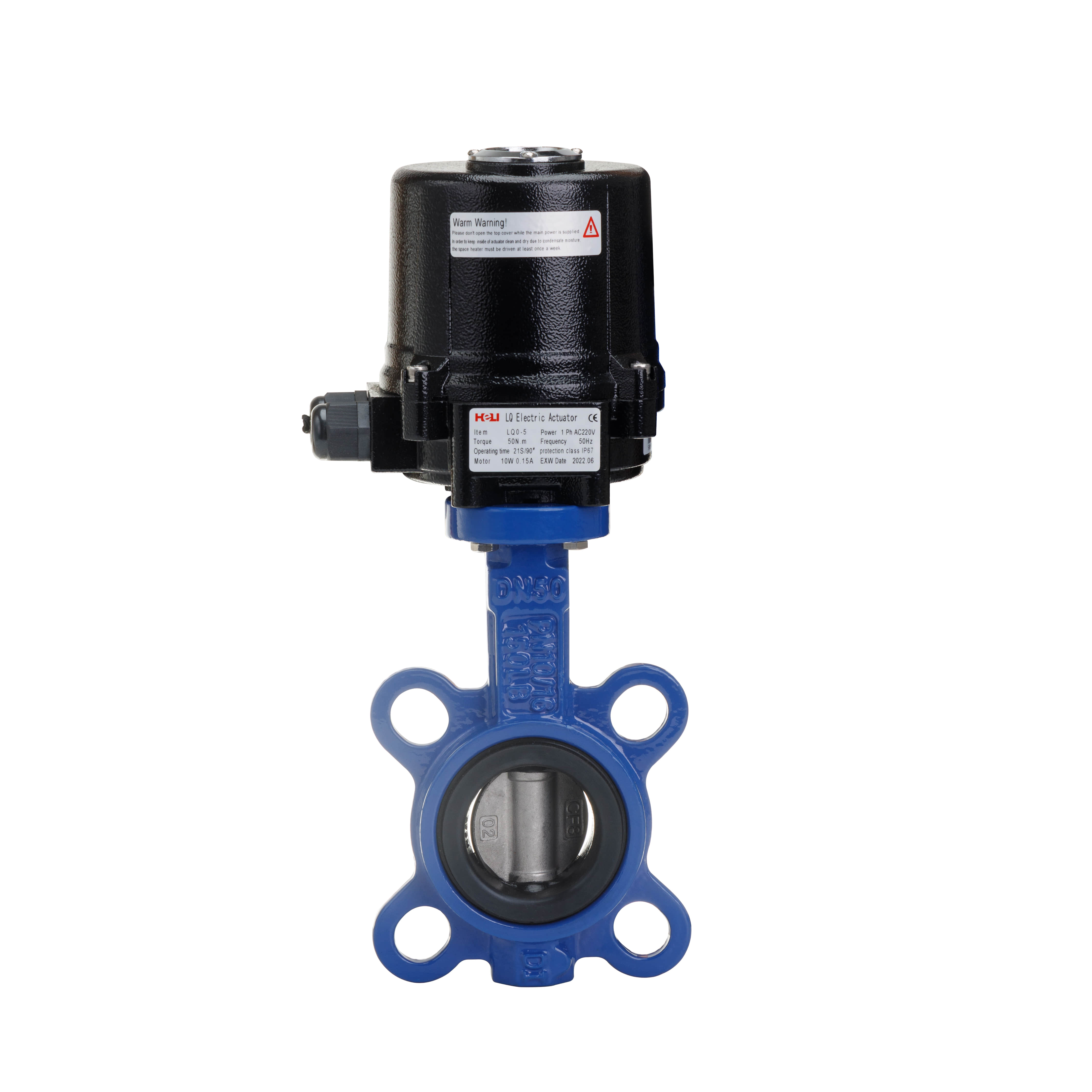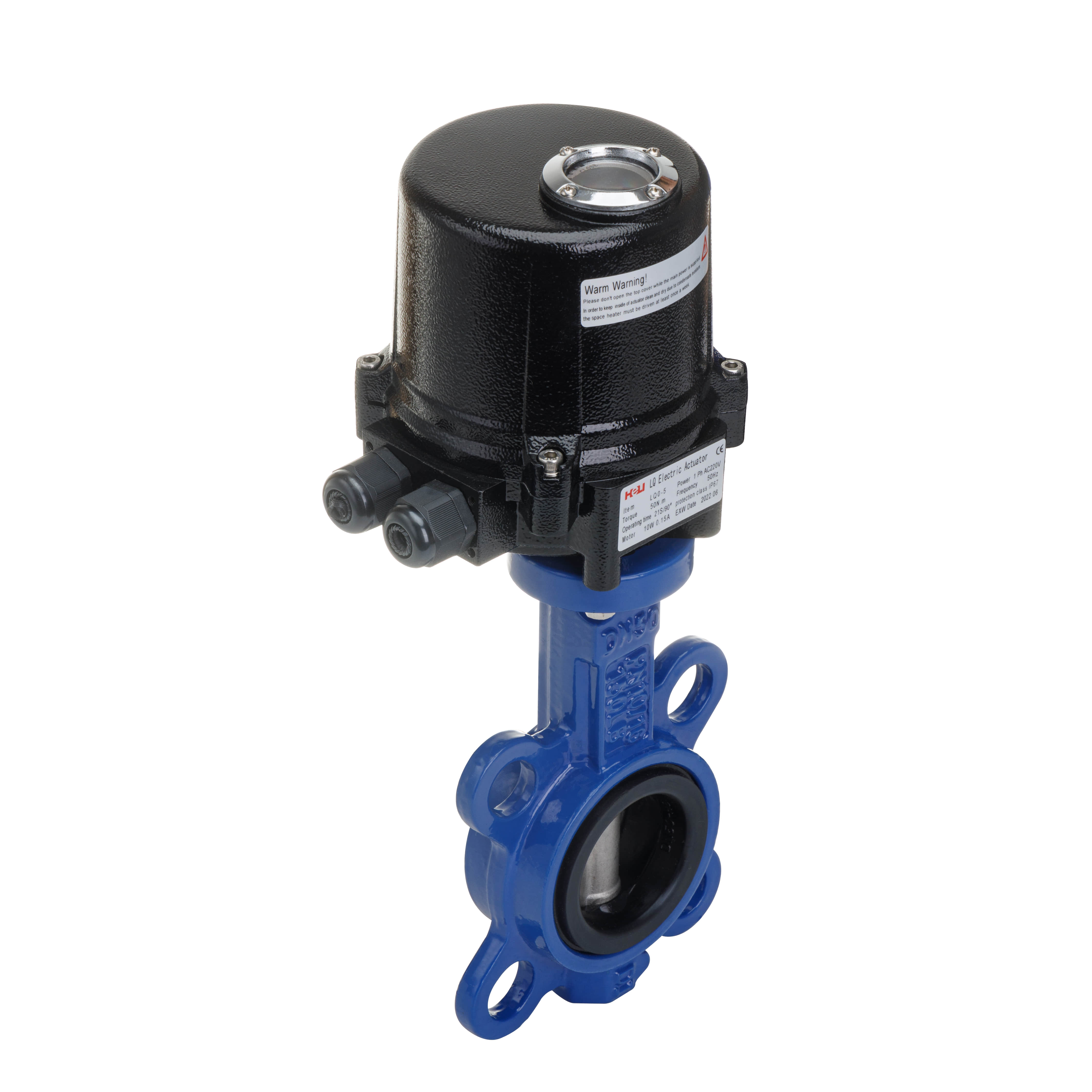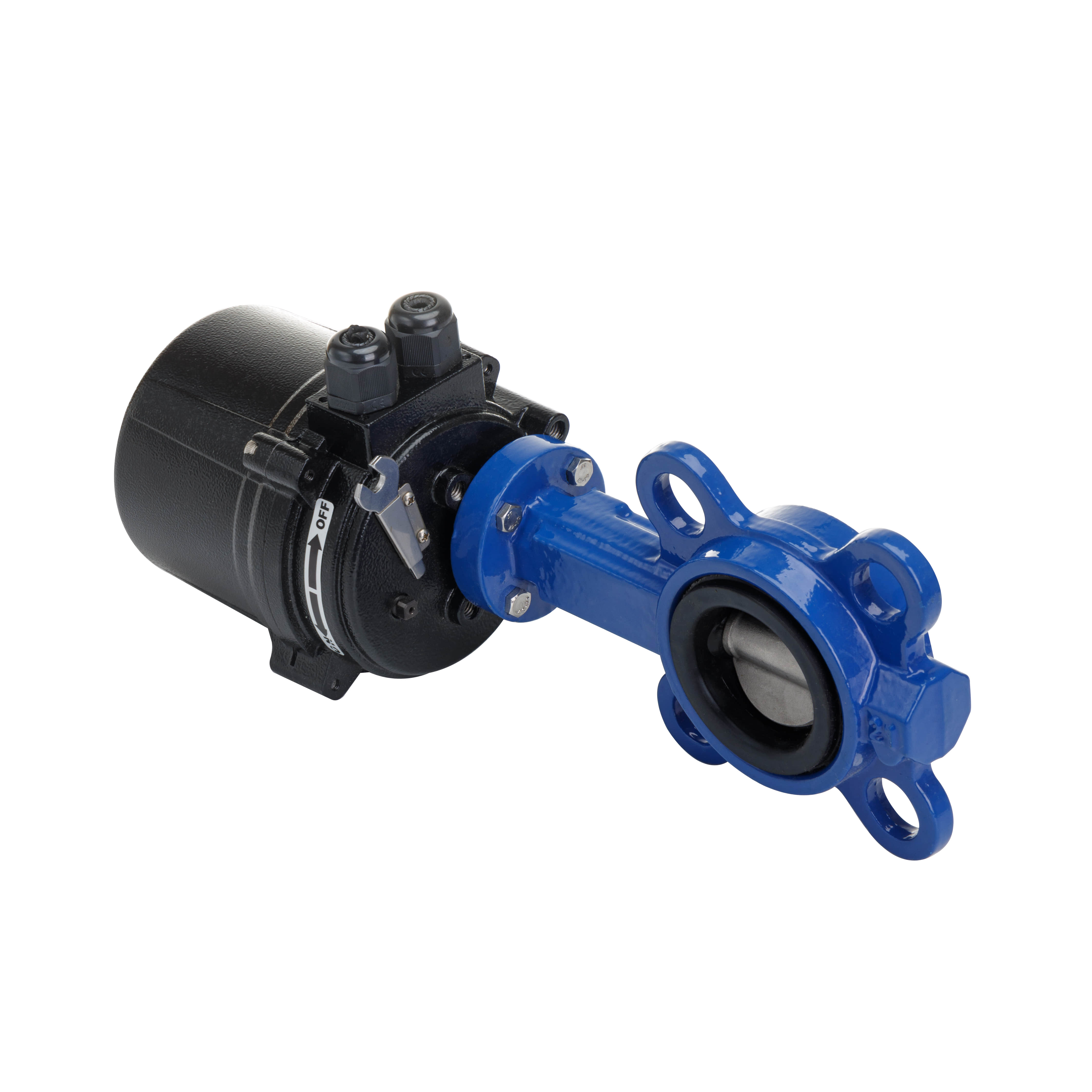
Agricultural irrigation is a vital component of modern farming, ensuring that crops receive the necessary water for growth while optimizing resource use. Among the various tools and technologies employed in irrigation systems, the WCB Electric Butterfly Valve stands out as a critical innovation. This article delves into the features, advantages, and applications of the WCB Electric Butterfly Valve in agricultural irrigation, highlighting how it enhances efficiency and control.

The WCB Electric Butterfly Valve is designed with a robust construction that ensures durability and reliability in harsh agricultural environments. Made from high-quality materials, this valve can withstand pressure fluctuations and corrosive conditions often encountered in irrigation systems. Its electric actuation mechanism allows for precise control of water flow, enabling farmers to manage irrigation schedules effectively and reduce water wastage.

